ECB Governing Council, Joachim Nagel, Bundesbank head, posed a crucial question in his speech in Frankfurt, “Have we reached the plateau” on interest rates? He answered by stating that it “cannot yet be clearly predicted”. He continued, elaborating that “the forecasts still only show a slow decline toward the target level of 2%.”
Nagel’s comments hinted at the continuous monitoring of economic indicators, suggesting that while borrowing costs are expected to “remain at a sufficiently high level for a sufficiently long time,” the exact interpretation hinges on the incoming data.
Addressing concerns about Germany’s economic health, he remarked that characterizing Germany as the ‘sick man’ “seems exaggerated.” He attributed the present sluggish growth to specific influences such as the global economic deceleration, Russia’s conflict with Ukraine, and reduced public expenditure. Offering a silver lining, Nagel projected, “Once we get past the worst of these special factors, the weak growth should also ease. We expect the economy to grow again in 2024.”
On the other hand, Latvia’s central bank chief, Martins Kazaks, highlighted the structural nature of recent oil price hikes. He pointed out, “The recent oil price increase in my view is not a temporary or transitory, it’s very much a structural issue.” Such dynamics, according to Kazaks, present heightened inflation risks. Regarding the anticipated rate cuts, he expressed skepticism about their timing, asserting, “I think expecting rate cuts mid next year is somewhat too early.”




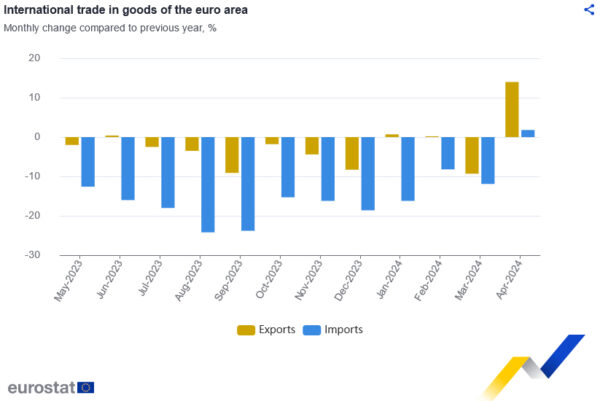
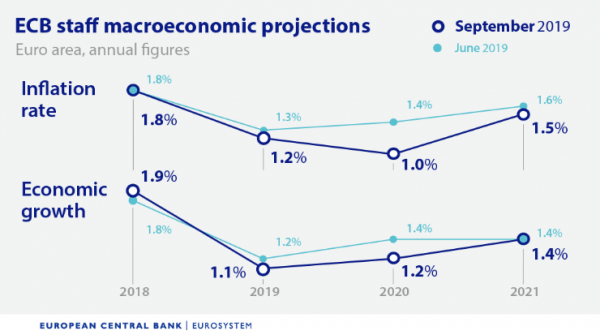

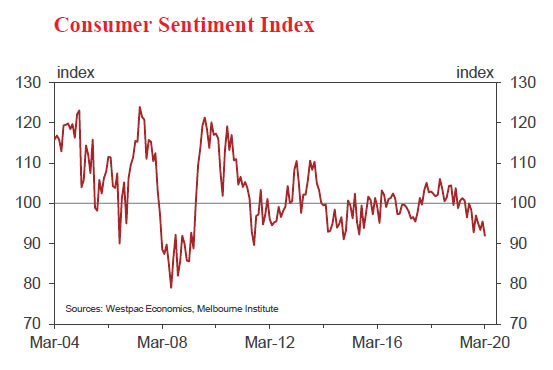
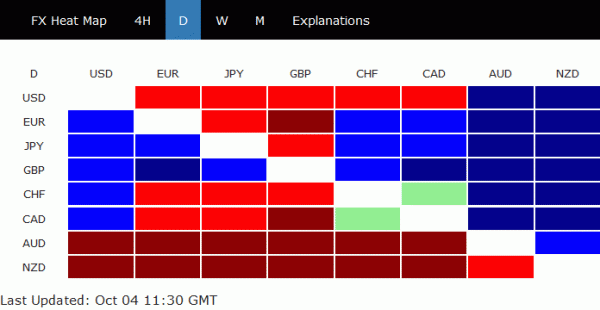
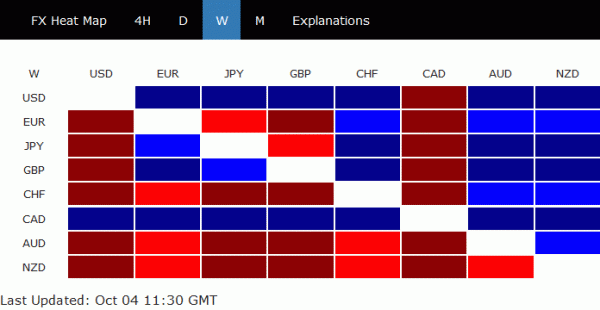
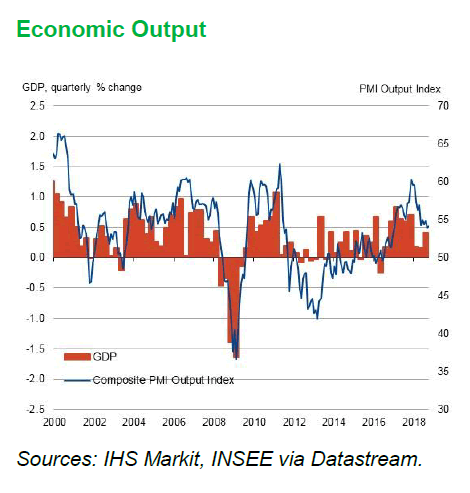
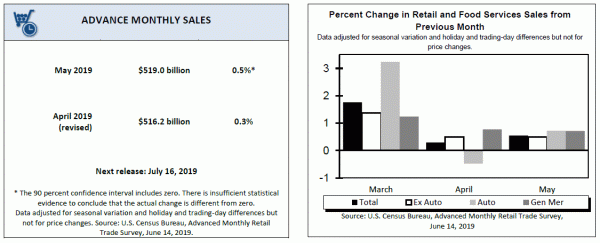
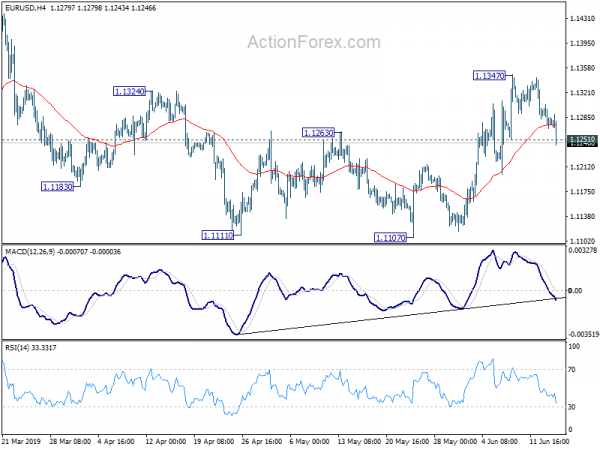
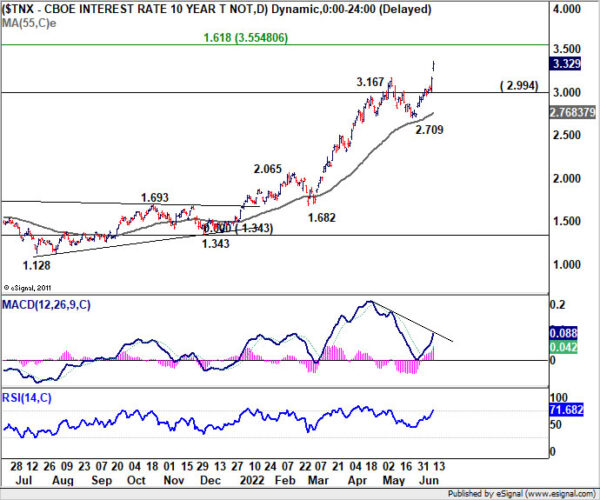
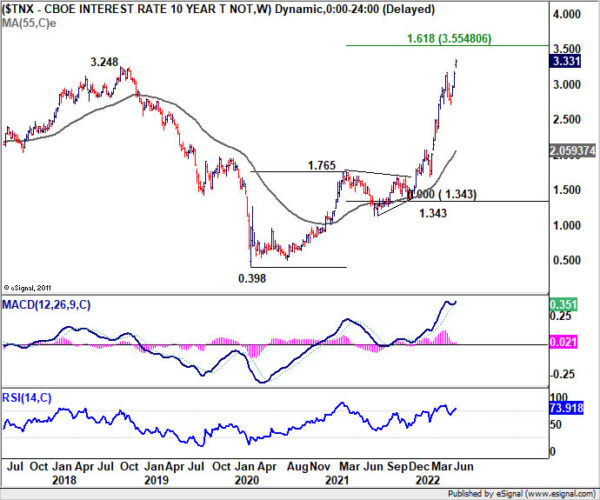
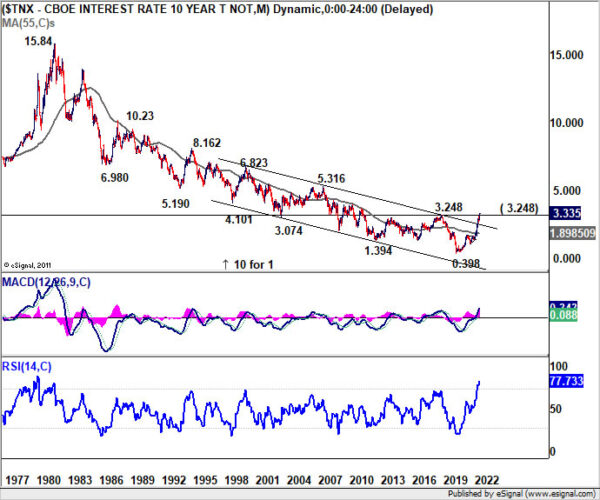
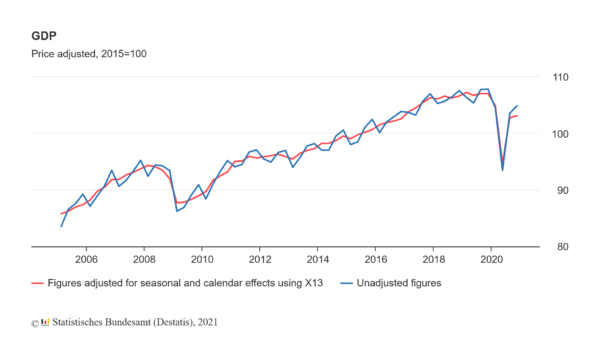

US GDP exceeds expectations with 4.9% growth in Q3
US economy delivered a strong performance in Q3, with GDP growth registering at an annualized rate of 4.9%, surpassing the anticipated 4.3% and showing a marked improvement from the 2.1% seen in Q2.
This robust growth in real GDP was driven by a series of factors. Notably, there were marked increases in areas such as consumer spending, private inventory investment, exports, both state and local government spending, federal government spending, and residential fixed investment.
However, these gains were somewhat tempered by a decline in nonresidential fixed investment. Additionally, it’s essential to note that imports, which act as a deduction in GDP calculation, saw an increase during this period.
Full US GDP release here.